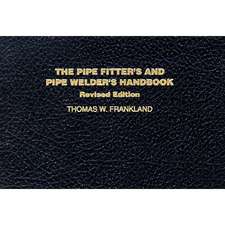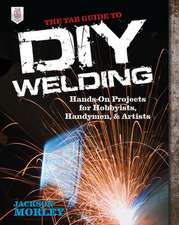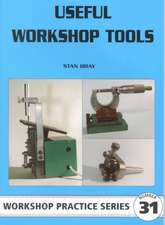Ultraprecision in Manufacturing Engineering: Proceedings of the International Congress for Ultraprecision Technology May 1988, Aachen, FRG
Editat de Manfred Weck, Robert Hartelen Limba Engleză Paperback – 18 ian 2012
Preț: 639.57 lei
Preț vechi: 752.43 lei
-15% Nou
Puncte Express: 959
Preț estimativ în valută:
122.48€ • 124.99$ • 103.05£
122.48€ • 124.99$ • 103.05£
Carte tipărită la comandă
Livrare economică 25 februarie-11 martie
Preluare comenzi: 021 569.72.76
Specificații
ISBN-13: 9783642834752
ISBN-10: 3642834752
Pagini: 376
Ilustrații: VIII, 364 p. 58 illus.
Dimensiuni: 155 x 235 x 20 mm
Greutate: 0.53 kg
Ediția:Softcover reprint of the original 1st ed. 1988
Editura: Springer Berlin, Heidelberg
Colecția Springer
Locul publicării:Berlin, Heidelberg, Germany
ISBN-10: 3642834752
Pagini: 376
Ilustrații: VIII, 364 p. 58 illus.
Dimensiuni: 155 x 235 x 20 mm
Greutate: 0.53 kg
Ediția:Softcover reprint of the original 1st ed. 1988
Editura: Springer Berlin, Heidelberg
Colecția Springer
Locul publicării:Berlin, Heidelberg, Germany
Public țintă
ResearchDescriere
The selection and preliminary treatment of suitable materials strongly influences the finishing quality due to extremely high standards demanded in ultraprecision machining. Through the selection of suitable cutting parameters, depending upon the material's properties appropriate finishing techniques for the tooling of ultraprecision components can be applied. In this area, necessary influence factors of finishing techniques with geometrically defined and undefined cutting edges are dealt with to realize the conditions demanded. In order to fulfill them, ultraprecision machining requires special machine plans and machine elements. Qualities of different realized solutions for tooling machines will be presented. Another point of interest is the examination of machines and their components, namely the static, dynamic and thermal qualities. The examination of finished ultraprecision components is an important step within the finishing process. Various measurement techniques are described, with respect to their obtainable accuracy and possible application in the finishing process. Also the quality assured finishing of ultraprecision components will be discussed in this field.
Cuprins
Session I — “Manufacturing Technology”.- Experiences in the Precision Machining of Brittle Materials.- Ductile-Regime Grinding of Brittle Materials.- Review on Ultraprecision Grinding Technology.- Precision Machining of Advanced Ceramics — A Challenge in Production Technology.- Precision Grinding of Brittle Materials.- Form Accuracy and Surface Integrity in Plane Lapping.- Cutting Forces and Their Influences upon the Surface Integrity in Single-Point Diamond Turning.- Recent Trends in Diamond Tool Technology.- Prediction of Tolerances in Precision Cutting for Mass Production.- Session II — “Machine Development and Improvement”.- Limits of Workpieces Accuracy Caused by the Geometrical and Dynamical Behaviour of Ultraprecision Diamond Turning Machines.- New Material Application to Ultraprecision Lathe.- Machining of Aspherical Surfaces.- A Diamond Turning Apparatus for Fabrication on Non-Rotationally Symmetric Surfaces.- The Design and Construction of a Sub-Microinch Resolution Lathe.- M400 and P400 — a Pair of Machines for Computer-Controlled Fine Correction of Optical Surfaces.- New Design Features of a Fully Hydrostatic Ultra Precision CNC-Turning Machine, Type Super-Mikroturn CNC.- A Personal Prospective on the Quest for Higher Precision Diamond Turning Lathes.- Session 3 — “Measurement Techniques and Equipments”.- Nanotechnology at the National Physical Laboratory.- Micro-Indentation Assessment of Near Surface Materials Properties and Sub-Surface Damage in Precision Machining.- Measurement of Ultraprecision Components Using Non-Contact Interferometry Based Instrumentation.- In-Process Surface Finish Measurement of High Quality Components.- Measurement of Steep Aspheric Surfaces Using a Radial Shear Interferometer.- Testing of Aspheric Surfaces with Computer Generated Holograms.- Synthetic Holograms for the Testing of Aspheric Surfaces.- Experimental Measurement of Optimum Depth of Cut.









